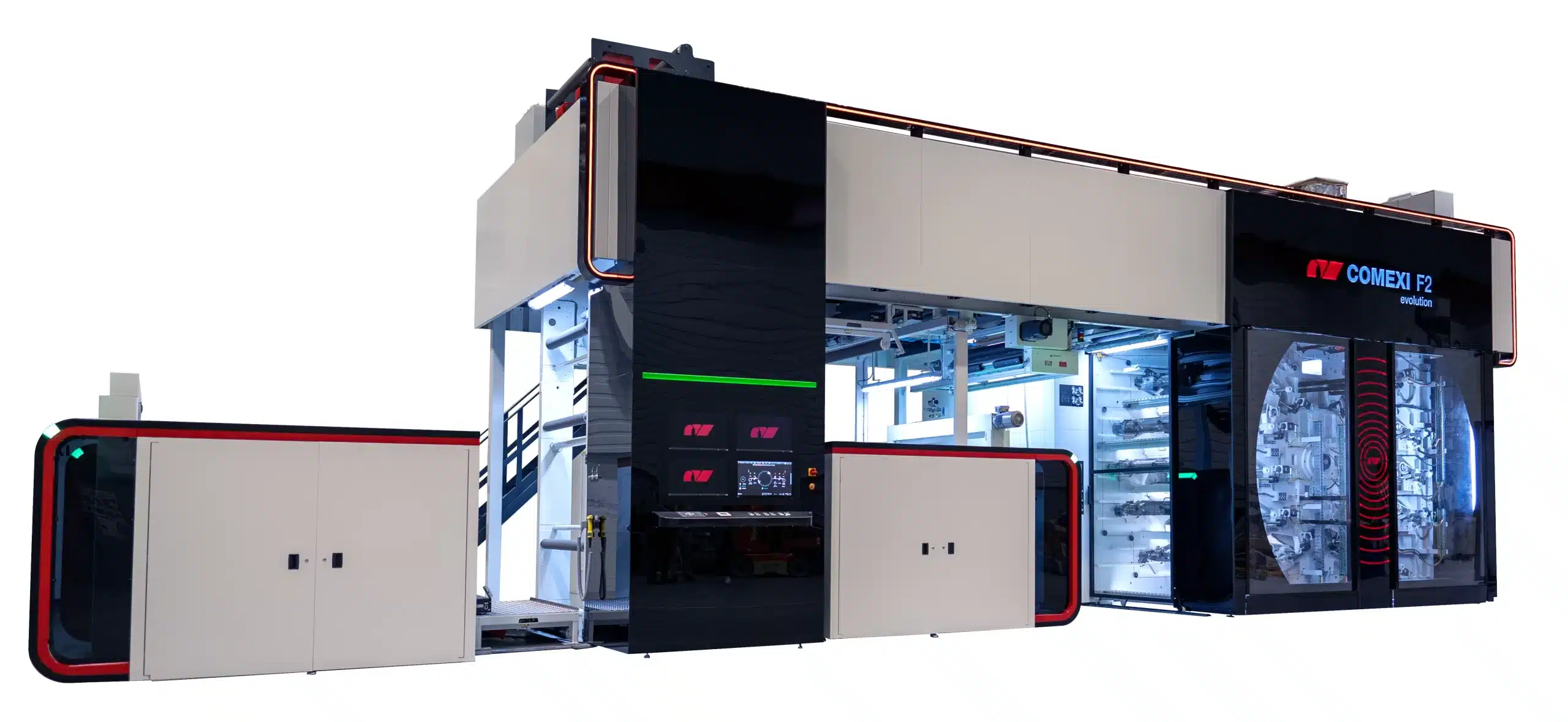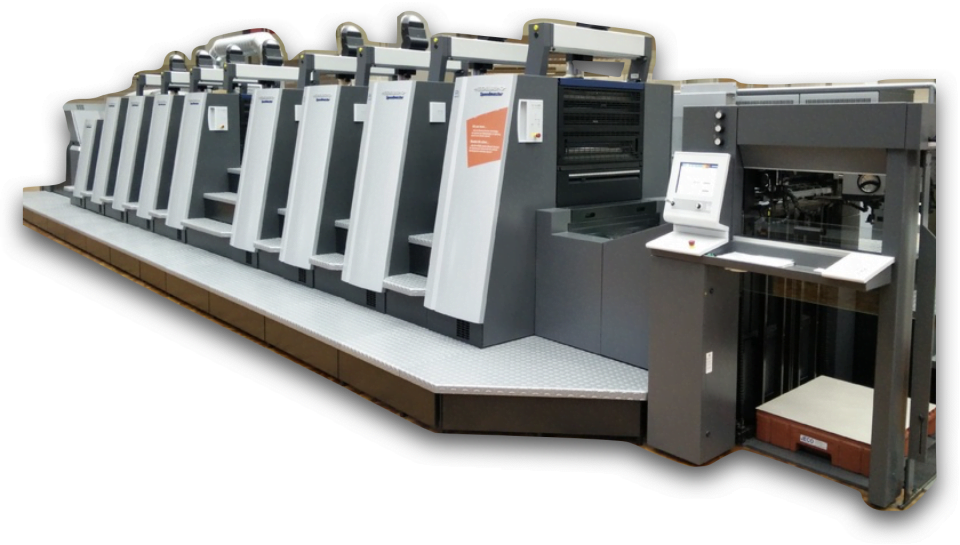In the world of flexo printing inks, the terms “coatings” and “varnishes” are often interchangeable. However, there is a subtle convention that distinguishes the two. Coatings are typically referred to as functional and protective, while varnishes are considered more aesthetic and decorative.
Coatings play a critical role in flexo printing by enhancing the durability, appearance, and functionality of printed materials. They provide a protective layer that resists physical damage, moisture, and UV radiation. In addition, they can significantly enhance the visual appeal of printed products, increasing brand awareness and consumer engagement. This dual functionality makes coatings essential to the production of high-quality printed products.
Categorised by Property
Volatile
Volatile coatings include those containing solvents or water that evaporate during the drying process.
Water-Based
Water-based coatings are environmentally friendly and safe to use due to their low volatile organic compound (VOC) content. They dry quickly and are easier to clean, making them a popular choice. However, their resistance to chemicals and moisture can be less robust than solvent-based options.
Solvent-Based
Solvent-based coatings use organic solvents to dissolve the resin and are famous for their durability and chemical resistance. They provide a robust finish, but are associated with environmental and health concerns due to higher VOC emissions. Proper ventilation and safety measures are essential when using solvent borne coatings.
Energy Curable
Energy-curable coatings use radiation to initiate a polymerization process that produces a cured finish.
UV
UV curable coatings are exposed to ultraviolet light to activate the curing process. They offer fast drying times and high wear and scratch resistance, making them ideal for high-speed production environments.
EB
Electron beam (EB) curing uses electron energy to cure the coating. EB coatings offer exceptional durability and are free of photo-initiators, which can be advantageous in certain regulatory environments. They are effective in packaging and specialised industrial applications.
Categorised by Finish
- Gloss Coatings
- Matte Coatings
- Satin Coatings
See our previous article for more details.
Categorised by Application
Functional
Functional coatings are designed to provide specific protective or performance characteristics.
Barrier
Barrier coatings protect against moisture, oxygen and other environmental factors, extending the shelf life of products, particularly in the food packaging industry.
Antimicrobial
Antimicrobial coatings inhibit the growth of bacteria and fungi, making them essential for packaging in the healthcare, food and hygiene industries.
Heat Sealing
Heat-seal coatings allow materials to be sealed with heat, facilitating the creation of secure and tamper-evident packaging.
Slip/Anti-Slip
Slip or anti-slip coatings adjust the frictional properties of the surface to improve handling and safety during packaging and transportation.
Decorative
Decorative coatings enhance the visual and tactile appeal of printed products.
Pearlescent
Pearlescent coatings create a shimmering effect that adds a touch of luxury and sophistication and are often used in cosmetic and high-end product packaging.
Metallic
Metallic coatings impart a shiny, metallic appearance and are used extensively in premium and festive packaging.
Soft-Touch
Soft-touch coatings provide a velvety feel that enhances the tactile experience and perceived value of the product.
Components Involved in Its Application
Anilox Rollers and Flexo Plates
Anilox rollers are used for flood application to cover large areas, while flexo plates are used to apply coatings or varnishes to specific areas. This allows precise control over which parts of the print receive the coating, optimising both appearance and material usage.
In-line vs. Off-line Application
In-line applications occur during the printing process, streamlining production and improving efficiency. Off-line applications occur after the first print and offer greater flexibility and control over the coating process, but can increase production time.
Curing Systems: UV and EB
UV and EB curing systems are integral to energy curable coatings. UV systems are widely used because of their fast cure times, while EB systems, although more expensive, offer superior durability and environmental benefits by eliminating the need for photoinitiators.
Conclusion
Coatings and varnishes for printing inks greatly enhance the functionality and aesthetics of flexo printed materials. They provide critical protection against environmental factors, improve print durability, and add visual appeal, making them essential to the production of high-quality, attractive printed products. Through a variety of application methods and types, coatings and inks continue to evolve to meet the diverse needs of the printing industry.






